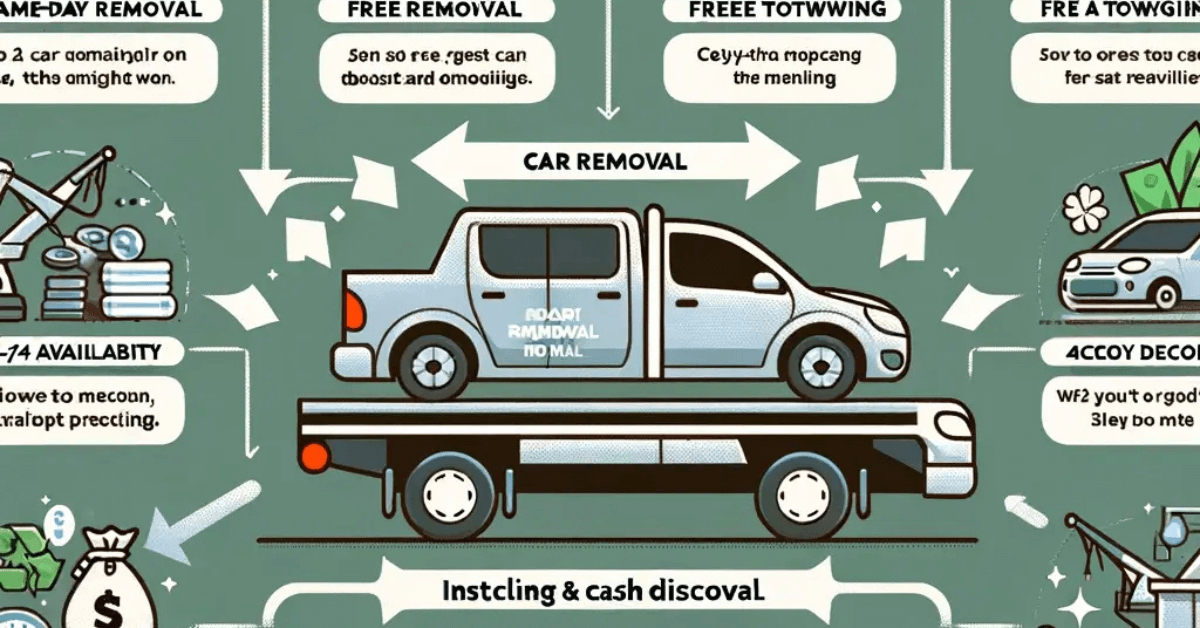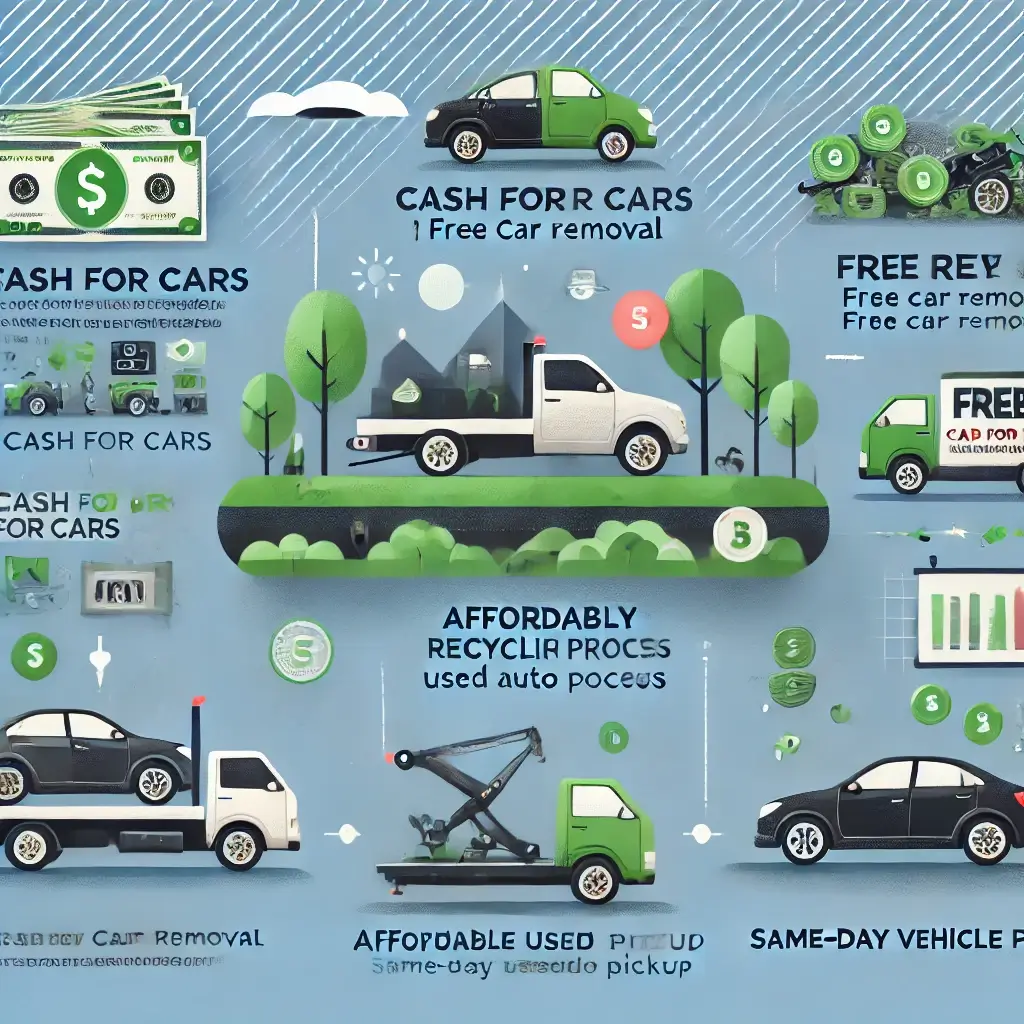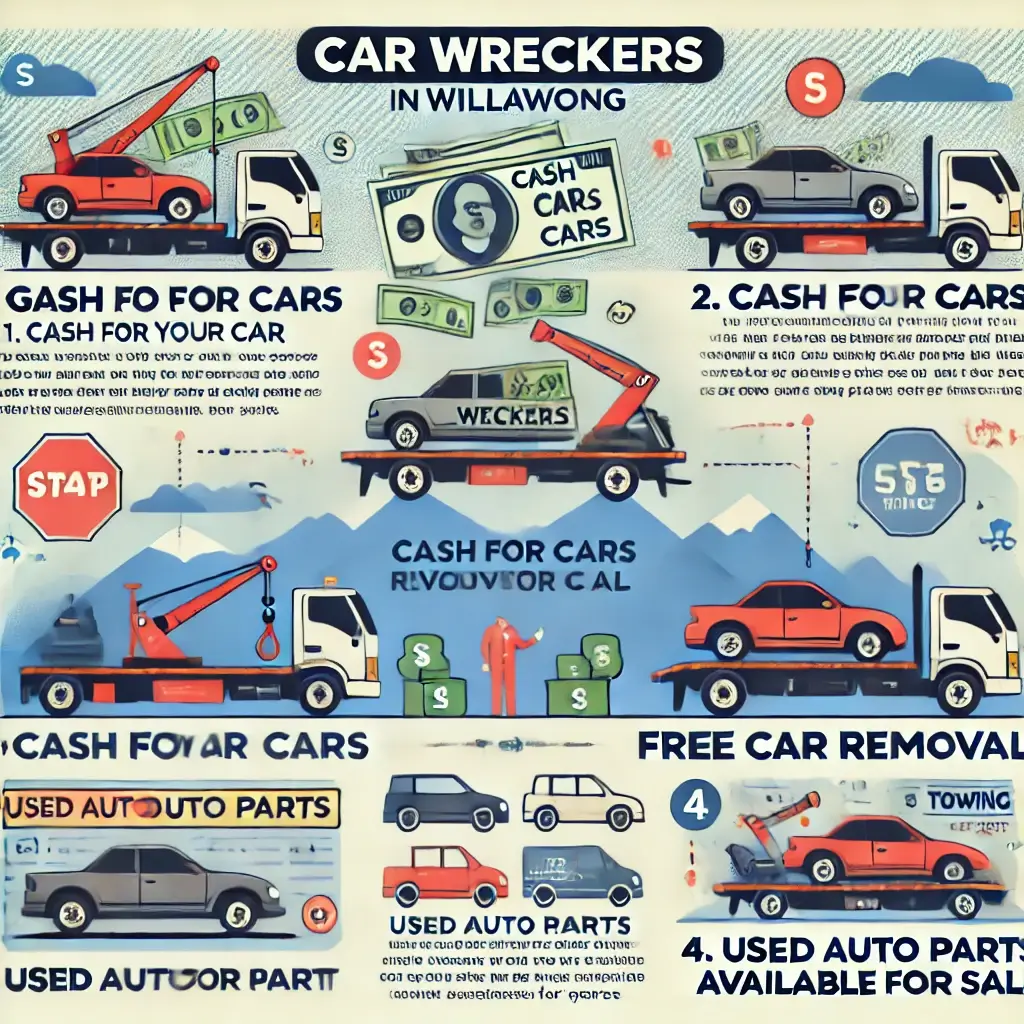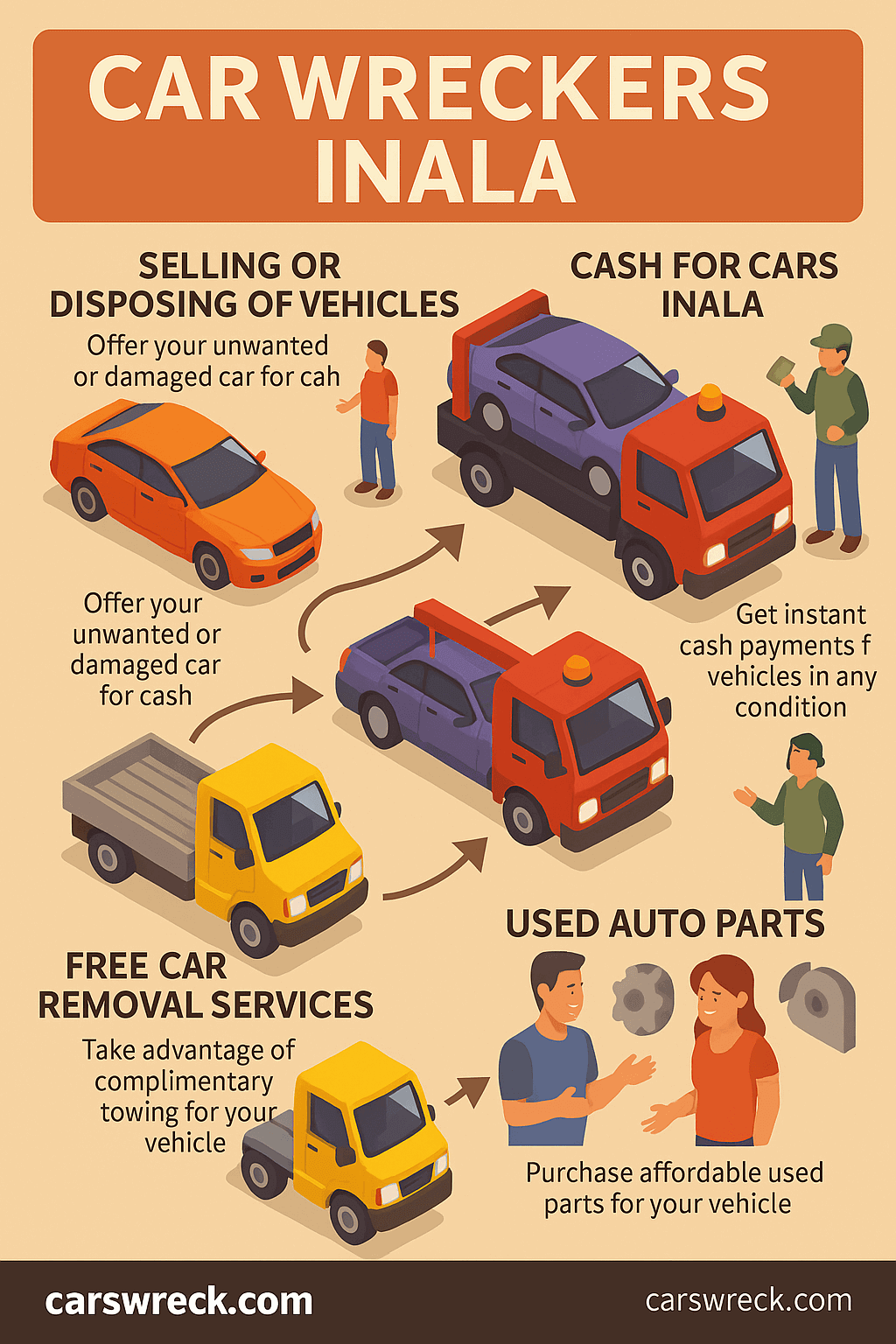When to Remove Your Car
Knowing when to remove your car is essential for your safety and the environment’s health. It’s easy to become attached to our vehicles, but there comes a time when letting go is the best decision. In this article, we’ll explore the signs indicating it’s time to part ways with your car and discuss the various factors to consider before making this significant decision.
Signs it’s Time to Remove Your Car
Mechanical Issues
Persistent mechanical issues are one of the most obvious signs that it’s time to remove your car. If your vehicle constantly needs repairs and the costs are piling up, it may be more economical in the long run to part ways with it.
Safety Concerns
Safety should always be a top priority when it comes to your vehicle. Suppose your car has significant safety issues that cannot be adequately addressed or repaired. In that case, it’s time to consider removing it from the road to prevent potential accidents or injuries.
High Repair Costs
As cars age, the cost of repairs tends to increase. If the cost of repairing your car exceeds its current value or you spend more on repairs than on the vehicle itself, it may be more practical to remove it from your possession.
Factors to Consider Before Removing Your Car
Age of the Vehicle
The age of your car is an essential factor in assessing if it’s time to remove it. Older automobiles are more likely to have mechanical faults and may be less fuel-efficient or environmentally friendly than modern versions.
Mileage
High mileage can also determine whether it’s time to part ways with your car. Vehicles with excessive mileage may incur more wear and tear, resulting in higher maintenance expenses and decreased reliability.
Cost of Repairs vs. Value of the Car
Before deciding to remove your car, it’s essential to consider the cost of repairs versus the vehicle’s current value. If the cost of repairs outweighs the car’s value, it may be more financially prudent to let it go.
Environmental Impact of Car Removal
Recycling Options
Removing your car responsibly can have positive environmental impacts. Many parts of your vehicle, such as metal components, tyres, and fluids, can be recycled, lowering your car’s overall environmental impact.
Carbon Footprint Reduction
In addition to recycling, removing your car can also help reduce your carbon footprint. Older vehicles are less fuel-efficient and emit more pollutants, so replacing them with newer, more eco-friendly models can contribute to a cleaner environment.
How to Remove Your Car Responsibly
Sell for Parts
If your car is still in relatively good condition, you can sell it for parts. This allows you to recoup some of the vehicle’s value while ensuring that its components are put to good use.
Donate to Charity
Another option for removing your car responsibly is to donate it to charity. Many charitable organizations accept vehicle donations, which can be sold or used to support their programs and initiatives.
Junkyard Disposal
If your car is no longer in working condition and is beyond repair, you can consider disposing of it at a junkyard. Most junkyards will pay you for your vehicle, and they will properly recycle or dispose of its components in an environmentally friendly manner.
FAQs
If the cost of repairs exceeds your car’s current value or you spend more on repairs than on the vehicle itself, consider removing it.
Yes, you can remove your car even if it’s in good condition. Selling it for parts or donating it to a charity are both responsible choices.
If your car is no longer drivable, you can consider disposing of it at a junkyard. They will adequately recycle or dispose of its components.
Yes, in many cases, you can receive a tax deduction for donating your car to charity. Be sure to consult with a tax professional for more information.
Removing your car can help reduce your carbon footprint by replacing it with a more fuel-efficient and environmentally friendly vehicle.
Conclusion
Knowing when to remove your car is an important decision that should not be taken lightly. By paying attention to signs of mechanical issues, safety concerns, and high repair costs, you can make an informed choice about when to say goodbye to your vehicle. When determining its value, consider the car’s age, mileage, and repair costs. Removing your vehicle sensibly can reduce environmental impact while ensuring a smooth transition to a new car.





